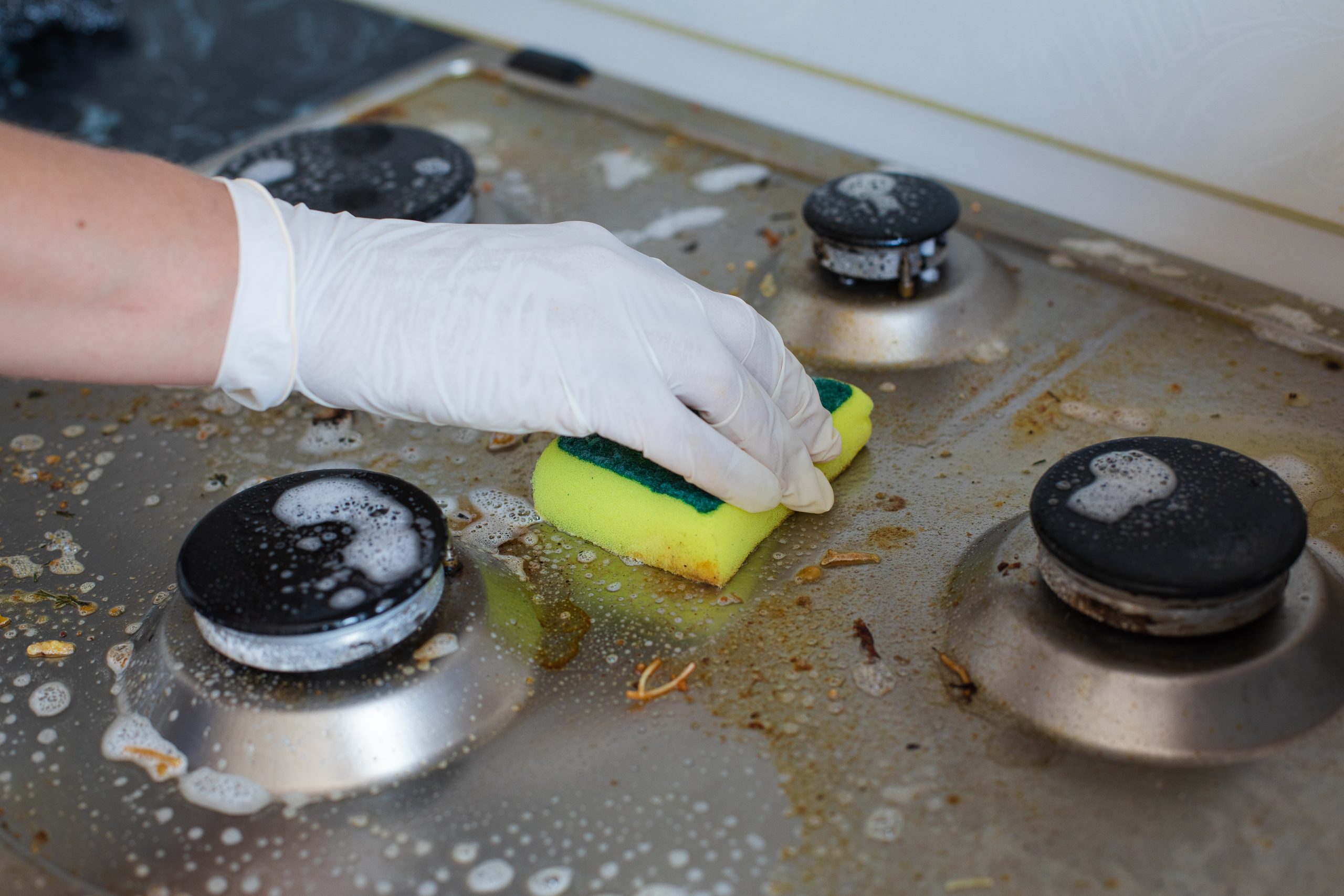The constructed climate is a rich and fluctuating compositional embroidery covering styles and developments that have frequently gone throughout the

Introduction
Most restaurants in California release FOG (fat, oil, and grease) directly into the sewerage system. As a result, the sewerage system may experience blockage over time because of the grease that sticks to pipe walls. Moreover, oils and fats damage wastewater treatment equipment, thus costing municipalities a lot of money in repairs each year. And if directed into a natural water cause, these substances can cause significant damage to the environment.
Fortunately, you can avoid all these issues by using grease management systems like grease traps in restraint design. These systems help to reduce the levels of grease, fats, and solid organic waste discharged into the local sewer system.
But what exactly is a grease trap, and how does it even work? Well, stick around to find out! In addition, we’ll help you choose the best grease trap for your commercial kitchen facility or restaurant design!
What’s a grease trap?
As the name implies, a grease trap refers to a device that collects grease, fats, and oils to prevent sewage blockage. Surprisingly, these devices have been in existence for over 100 years. More notably, they’re usually installed underneath the kitchen sink. They’re also known as grease catchers, interceptors, converters, FOG traps as well as grease management/ recovery devices.
As for applications, you can find these devices in various environments. For instance, they are used in restaurants, hotels, café MEP design, bars, inns, pubs, and takeaways. Also, you can find them installed in bakeries as well as schools & colleges.
To sum things up, a grease trap is simply a receptacle that holds wastewater with FOG before releasing it into a drainage system. Consequently, the flow of water is slowed down, thus allowing grease to be ‘trapped’ or stored in the device.
Types of grease traps
There are various types of grease traps to choose from, based on the local agency’s requirements and the size of your business. They include;
This type of grease trap comprises smaller devices installed near the point of use or at the fixture. Generally, they utilize a system of baffles and a vented flow control unit to remove grease from the wastewater. The air drawn into the device cools the wastewater, causing grease to harden at the surfaces. That way, when the water is being pushed into the sewer system, the FOG will remain in the trap.
Note, the quantity of trapped grease will increase with each ease. Therefore, it’s important to clean hydromechanical grease traps manually from time to time.
Automatic grease removers can either be used to handle the entire restaurant or a single fixture, based on their size. Typically, they remove FOG materials from wastewater through a skimming blade that directs the material into an external collection container. This will eliminate the need for pumping water into the sewer. Besides, they virtually remove all the grease, making them more efficient and versatile than passive grease traps.
Generally speaking, grease interceptors are more efficient and larger than grease traps. On top of that, they include tasks installed outside the facility or underground and their capacity can exceed 500 gallons. More importantly, they drain water using the force of gravity. However, this wastewater has to be pumped out into a truck and transported away from the facility. Other than that, they’re the best option for removing grease from wastewater, especially in large restaurants.
How Grease traps work
Grease doesn’t mix with water while vegetable oils and animal fats are 10- 15% less dense than water. For these reasons, FOG materials will float on water instead of mixing with water. This is the basis that all grease traps work on.
More importantly, the flow rate of wastewater reduces significantly when it enters the grease. This gives it adequate time to cool, causing it to separate into three layers. In essence, the grease will rise to the top, where it’s trapped by a system of baffles, while solids tend to settle at the bottom. This leaves a middle layer, which consists of separated clear water that escapes out of the device through the outlet baffle.
In addition, most grease traps have a strainer that collects solid debris. This helps to minimize the number of solids that settle at the trap’s bottom.
Over time, grease and solids will accumulate in the grease trap. If this build-up is left for long, it may start to escape through the grease trap’s outlet or go back up via the inlet. To prevent any of those issues from happening, it’s important to pump out or clean the trap regularly. In most cases, that period is around 2 to 4 weeks. However, that will vary depending on the size of your grease trap and the amount of produced wastewater. Alternatively, you can add a biological grease treatment solution into the system to increase the duration up to eight weeks.
Final Word
Grease trap usage in Restaurant Plumbing design is a great way to eliminate fats, oils & grease from sanitary systems. However, it’s important to choose the correct sizing for your restaurant’s grease trap. Or else the wastewater will not have adequate time to separate into layers. Also, it’s essential to maintain the grease trap regularly, especially when it’s 25% full, to enhance its efficiency. More importantly, provisions for regular grease trap inspection should be part of your restaurant MEP design.
For expert advice or additional information regarding the use of grease traps in restaurant design contact InnoDez Design & Engineering. Our experts will also help you find the best grease trap design for your restaurant as well as prevent grease trap failure.
About Author
InnoDez